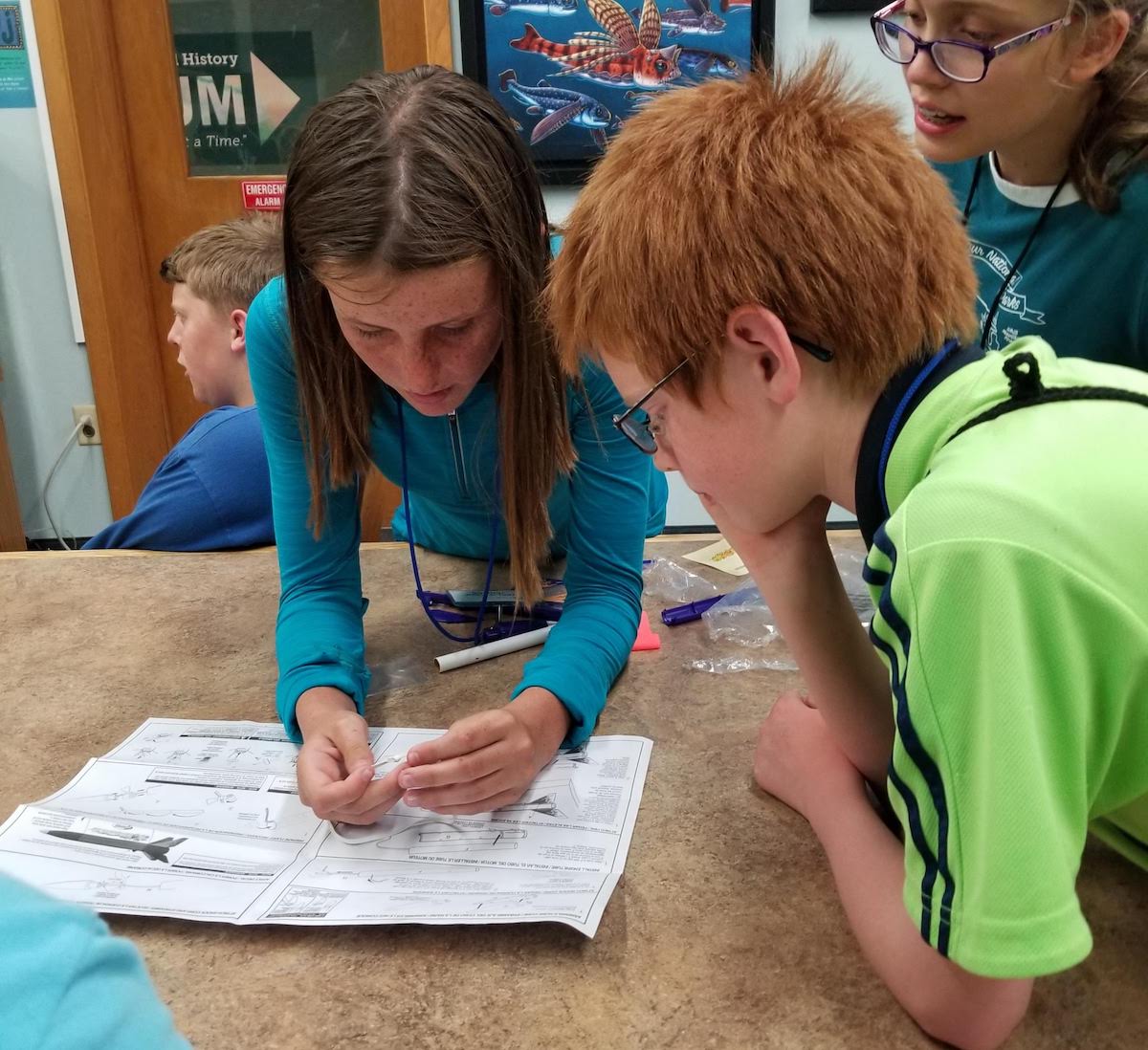Live link with International Space Station on Aug. 9 highlights Zero Robotics competition at ISU
August 6, 2019

POCATELLO – Idaho State University recorded two firsts this year with the Zero Robotics Middle School Summer Program competition – where student entering sixth through ninth grade write computer code that runs on the International Space Station – by coordinating the statewide program at the Idaho Museum of Natural History and having its team win the state competition.
From 6:30 to 10 a.m. Aug. 9 in Room 140 of the ISU Physical Science Complex, the museum’s ISU team and the rest of the Idaho teams from Fort Hall, Rupert and Boise will be hooked up live to the International Space Station and will see how their code performs on the International Space Station. The Idaho team will compete nationally against more than 15 other states and Puerto Rico, and internationally against a team from Russia.
During the five-week summer program, the teams have written code for three Synchronized, Position, Hold, Engage, Reorient Experimental Satellites (SPHERES), that test a diverse range of hardware and software from scientists all over America. Astronauts will test the SPHERES on board the space station and referee the competition live from space.
“This is the first year ISU and the Idaho Museum of Natural History have been coordinating the competition for the state and it’s always nice to show off ISU,” said Virginia Jones, Idaho Museum of Natural History education director and director of the Idaho Zero Robotics program, that was supported by grant from the Idaho STEM Action Center. “It’s wonderful that the ISU team’s code was chosen to go forward.”
The state competition was completed on Aug. 1. Between then and Aug. 9, all the teams across the state collaborate to improve and perfect the code that was submitted by ISU.
“The SPHERES robots have been programmed to pass through a debris field in space to find and retire a disabled SPHERES,” Jones said.
SPHERES robots are used by astronauts to go outside of the space station to complete a variety of tasks.
“It is very fun,” said Anne Marie Frandsen, age 12, a member of the ISU museum team. “I think it is really nice seeing our code go to work on the actual International Space Station. Now we get to see how our code does in in space, with zero gravity and all those conditions.”
Students’ programs control the satellites' speed, rotation, and direction of travel. The students program their satellites to complete competition objectives, for example navigating obstacles, while conserving resources such as fuel. The programs are autonomous - that is, the students are not able to directly control the satellites while they are running, according to MIT and NASA, who sponsor the program that is in its seventh year.
For more information, visit http://zerorobotics.mit.edu/.
Idaho State University, a Carnegie-classified doctoral high research activity university and teaching institution founded in 1901, attracts students from around the world to its Idaho campuses. At the main campus in Pocatello, and at locations in Meridian, Idaho Falls and Twin Falls, ISU has nine Colleges, a Graduate School and a Division of Health Sciences that together offer more than 250 certificate and degree programs. More than 12,000 students attend ISU. Idaho State University is the state's designated lead institution in health professions.
Categories:
